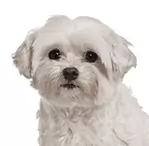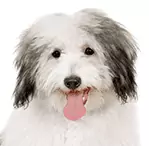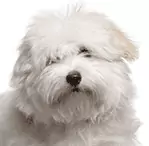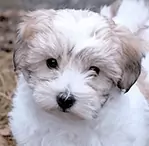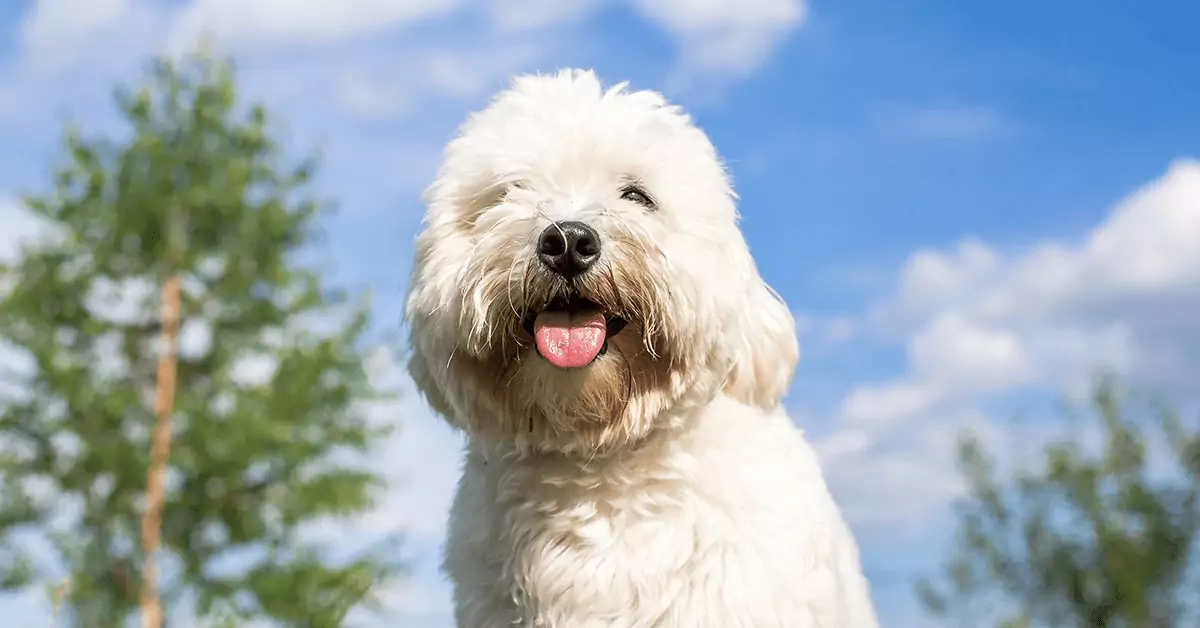
Meet the Coton de Tulear
Best Fur Friend
High Doggy I.Q.
Class Clown
My Many Looks
My Breed Characteristics
Furbulous Fact
As I Grow Up
History of My Breed
Care Tips
Training Tips
Personality
Loving
Funny
Smart
Group
Non-sporting
Origin
Madagascar
Life Span
15-19 Years
Breed Popularity
#80 of 197
Height Range
9-11 Inches
Weight Range
8-15 Pounds
Coat Details
Type
Long
Texture
Dense and Fluffy
Features
Double Coat
Colors
White +/- Gray, Yellow, or Tricolor Markings
Hypoallergenic
Yes
Cost to Buy
$1,400-$3,000
Lifetime Care Cost
$23,595
My Many Looks
My Breed Characteristics
Furbulous Fact
As I Grow Up
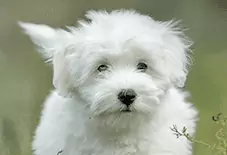
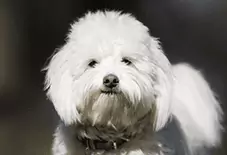
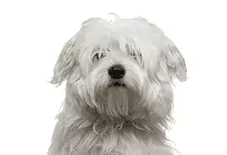
History of My Breed
Care Tips
from Dr. Jessica Greenberg, Associate VeterinarianPay attention to your pup’s knees.
Like many small dogs, the Coton de Tulear is prone to luxating patellas – a condition where the kneecap shifts out of place. Keep an eye out for a “skipping” motion or abnormal gait when walking your dog. Talk to your veterinarian if you see any of these signs.
Protect your pup’s back.
Coton de Tulears can be prone to a condition called Intervertebral Disc Disease (IVDD) where discs in the spine rupture, slip, bulge, or herniate. You can help reduce the risk of IVDD by limiting rough play. Add ramps to household furniture to reduce jumping and protect your pup’s back.
Look out for eye problems!
Coton de Tulears can be prone to a rare genetic eye condition called Canine Multifocal Retinopathy 2 which occurs when circular areas of retinal detachment lead to fluid accumulation under the retina, causing blisters on the eye. It’s usually seen around 15 weeks of age or older, so pay close attention to your pup’s eyes around this time. Ask your breeder about the history of this condition in their line and responsible breeders will do their best to eliminate this condition.
Training Tips
from Dr. Jessica Greenberg, Associate VeterinarianMitigate their separation anxiety.
Like many breeds, Coton de Tulears struggle with separation anxiety. To help them adapt to your absence, practice coming and going with your dog. Try to leave the house at random, gradually increasing the time you are away. Eventually, your puppy will start to get bored and realize that coming and going is normal.
Stop the leash pull and chew.
Coton de Tulears will pull and chew on their leashes when being walked. Stopping this can be an exercise in patience. Make sure you have a proper lead – a gentle leader is helpful for pulling. If your dog pulls, you need to stop moving and reset the puppy to your side. At first, it will feel like you’re crawling inches at a time, but if you're consistent, your puppy will start to get the hang of it. Supplement this training with plenty of chew toys and teach the command “leave it” or “drop it” to get your puppy to stop gnawing on their leash.
Manage their fear and anxiety.
Coton de Tulears are easily startled by loud noises like thunder, trucks passing by, or lawn mowers. The best thing you can do to help them process these sounds is to demonstrate complete calm yourself. Don’t react to their being startled. Simply remain focused on what you were doing and demonstrate how relaxed and unaffected you are. This will help them realize there’s nothing to worry about.
My Many Looks
My Breed Characteristics
Furbulous Fact
As I Grow Up
History of My Breed
Care Tips
Training Tips
-
Personality
Loving
Funny
Smart
-
Group
Non-sporting
-
Origin
Madagascar
-
Life Span
15-19 Years
-
Breed Popularity
#80 of 197
-
Height Range
9-11 Inches
-
Weight Range
8-15 Pounds
-
动物皮毛
Type
Long
Texture
Dense and Fluffy
Features
Double Coat
Colors
White +/- Gray, Yellow, or Tricolor Markings
-
Hypoallergenic
Yes
-
Cost to Buy
$1,400-$3,000
-
Lifetime Care Cost
$23,595
